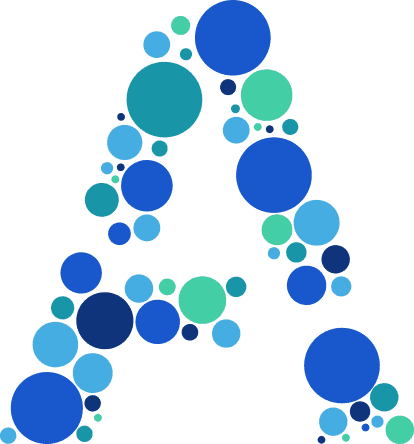Jan 14, 2025

The study creates the T.R.A.P. Typology to assess the likelihood that a female defendant in a sex trafficking case is a victim of sex trafficking. T.R.A.P. stands for: Trafficker, Recruitment, Administration, and Prostitution. These categories sort female defendants into five types and help identify which women were likely victims of trafficking. The five type are:
Managers: Victims with limited roles in the organization.
Bottoms: Victims forced into leadership roles overtime.
Associates: Offenders with low involvement.
Partners: Co-conspirators with shared control.
CEOs: High-level offenders.

An analysis of 399 female defendants in federal sex trafficking prosecutions sorted according to the T.R.A.P typology reveals that 53% were victims who were operating under the control of traffickers while also engaging in prostitution. show that 53% of female defendants were victims (categorized as Managers or Bottoms) operating under the control of traffickers while also engaging in prostitution. These victims tend to be younger, more likely Black or White, and are often involved in trafficking organizations that exploit American adult women through online and outdoor solicitation. In contrast, offenders (Associates, Partners, and CEOs) were typically older, more likely Asian or Hispanic, and more involved in brothel-based operations with foreign victims.

Importantly, the study found no statistical difference in the likelihood of prosecuting victims versus offenders—victims are as likely to be indicted as offenders. This highlights how prior victimization is often overlooked by the justice system when bringing charges. The findings also emphasize that victims occupying leadership roles within trafficking organizations (particularly Bottoms) are especially vulnerable to prosecution due to their high-level criminal activities performed under coercion.
The authors argue for more victim-centered investigations, trauma-informed prosecution practices, and legal pathways such as expungement and vacatur for survivors. The report underscores how systemic biases—such as historical policing of prostitution and racialized perceptions of victimhood—continue to shape outcomes for female trafficking survivors caught in the criminal justice system.


